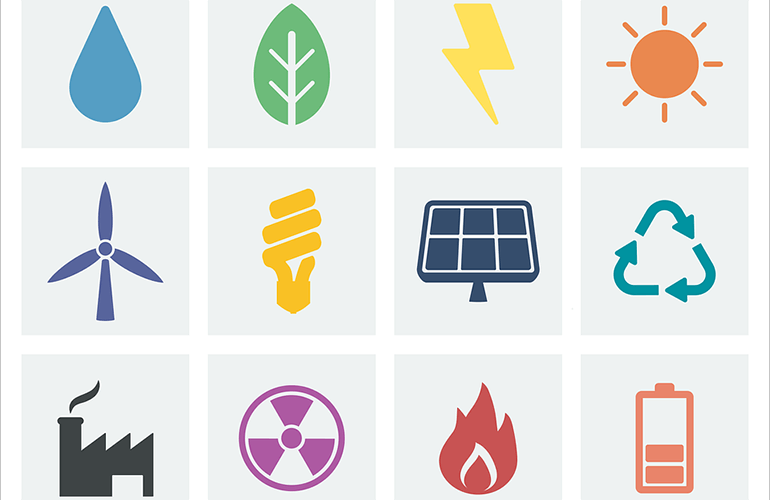
In January, Bloomberg NEF made 10 clean-energy predictions. Check them out here and find out if they’re measuring up to reality.
According to Bloomberg NEF‘s newly released 2H Corporate Energy Market Outlook, corporations have purchased 7.2 GW of clean energy so far in 2018, surpassing last year’s record 5.4 GW.
Some of the key findings from the report include:
- 4.2 GW, or 60%, of global corporate energy procurement has come from the United States, already establishing a record year.
- Facebook has been the largest corporate buyer thus far in 2018, purchasing over 1.1 GW of clean energy. AT&T is the second largest buyer with 820 MW, and aluminum manufacturers Norsk Hydro and Alcoa follow with 667 MW and 524 MW, respectively.
- New industries are entering the market, including telecommunications and manufacturing. Companies are increasingly working with utilities in regulated markets through special programs known as green tariffs. At the same time, companies are leveraging aggregation models to pool their electricity demand together, which has opened the door for smaller companies to buy renewable energy.
- The current 140 RE100 signatories consume an estimated 184 TWh of electricity cumulatively. In order to meet their renewable energy targets by 2030, BNEF estimates they will need to purchase an additional 197 TWh of clean energy. If this were to be met entirely with PPAs, it could catalyze an additional 100 GW of solar and wind build globally.
- This year is also a record year for corporate procurement in Europe. Companies have purchased 1.6 GW of clean energy this year, up from 1.1 GW in 2017. Aluminum manufacturers Norsk Hydro and Alcoa Corp make up 75% of this activity, signing deals in Norway and Sweden. These companies are primarily motivated by the opportunity to lock into a fixed, long-term price for clean energy, rather than sustainability initiatives.
According to Bloomberg NEF: “Wind and solar are set to surge to almost “50 by 50” – so 50% of world generation by 2050 – on the back of precipitous reductions in cost, and the advent of cheaper and cheaper batteries that will enable electricity to be stored and discharged to meet shifts in demand and supply. Coal shrinks to just 11% of global electricity generation by 2050.”
Filed Under: News




